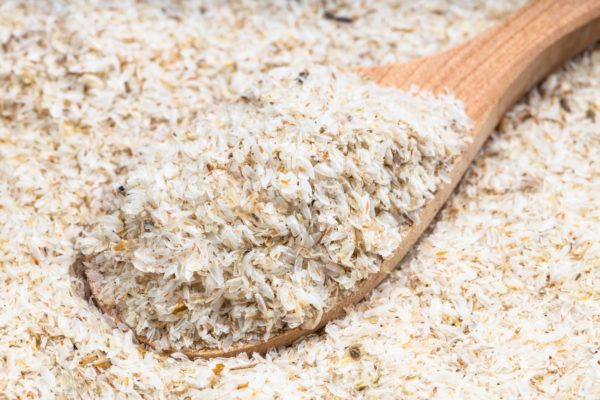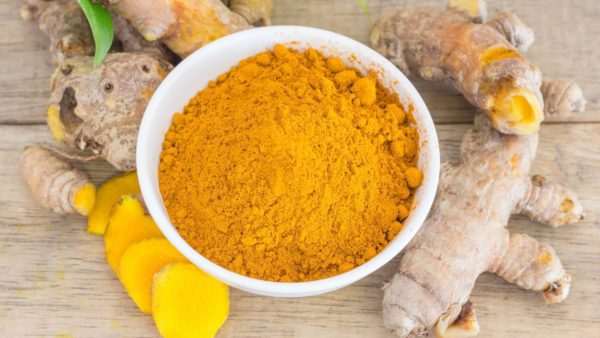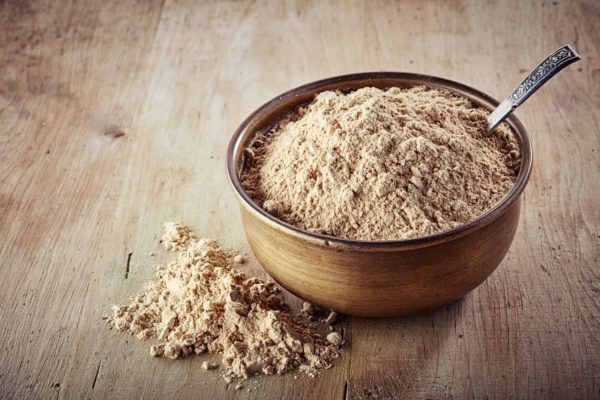Typically 20kg cartons with 2 x 10kg bags inside. 600kg on one EPAL.
Goldenberries, also known as Physalis Peruviana or Aguaymanto, originate in the high-altitude regions of Chile and Peru in South America. These bright orange fruits have been cultivated for centuries and have spread to various parts of the world. They adapt to different climates, thriving in tropical high altitudes and subtropical and temperate regions. Goldenberries were even grown in England as early as 1774, where they were referred to as cape gooseberries. The name “cape gooseberries” likely originated from the early settlers of the Cape of Good Hope. In France, the plant is called “amour en cage” or “love in a cage,” referring to the papery calyx that encases each berry, resembling a lantern. The French also use the term “lanterne chinoise” to describe the plant and its fruit. In the United States, the name goldenberries are commonly used, although occasionally they are referred to as Pichuberry, which alludes to Machu Picchu in Peru.
Today, goldenberries are enjoyed in various forms, such as fresh, dried, juices, and powdered ingredients. They can be found in gourmet desserts, energy bars, drinks, jams, and even candied. In South America, they are consumed raw and traditionally used to combat intestinal parasites. Additionally, goldenberries have been utilized in folk medicine to treat conditions like asthma, hepatitis, malaria, and rheumatism and as a diuretic.
One of the remarkable aspects of goldenberries is their low-calorie content. With only 53 calories per 100 grams, they can be a satisfying snack option for those following weight control diets. These berries are also packed with antioxidants, polyphenols, and carotenoids, contributing to their rich nutritional profile. The antioxidants present in goldenberries protect against and repair damage caused by free radicals in the body. Furthermore, their anti-inflammatory properties may help alleviate gout, muscle aches, and arthritis. Goldenberries can support heart health by reducing inflammation in the arteries and blood vessels, thereby lowering blood pressure. The presence of oleic and linoleic acids in goldenberries aids in lowering bad cholesterol levels and maintaining a healthy cholesterol balance.
Notably, research suggests that goldenberry extract shows potential in treating liver cancer, lung cancer, breast cancer, melanoma, and leukemia. This can be attributed to the presence of withanolides, which have demonstrated the ability to induce automatic cancer cell death and slow down the spread of the disease.
In conclusion, goldenberries are a fascinating fruit with a diverse history and numerous health benefits. From their origins in South America to their global cultivation and consumption, these berries have become increasingly popular for their unique taste, versatility, and nutritional value. Their antioxidant content, anti-inflammatory properties, and potential anti-cancer effects make them valuable to a healthy diet.
References:










